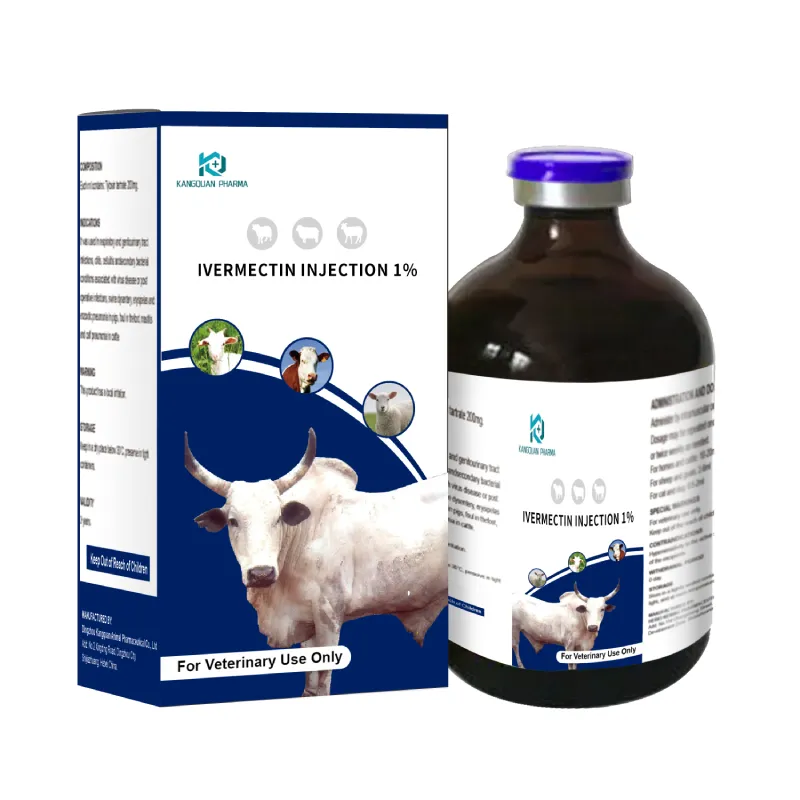- Afrikaans
- Albanian
- Amharic
- Arabic
- Armenian
- Azerbaijani
- Basque
- Belarusian
- Bengali
- Bosnian
- Bulgarian
- Catalan
- Cebuano
- Corsican
- Croatian
- Czech
- Danish
- Dutch
- English
- Esperanto
- Estonian
- Finnish
- French
- Frisian
- Galician
- Georgian
- German
- Greek
- Gujarati
- Haitian Creole
- hausa
- hawaiian
- Hebrew
- Hindi
- Miao
- Hungarian
- Icelandic
- igbo
- Indonesian
- irish
- Italian
- Japanese
- Javanese
- Kannada
- kazakh
- Khmer
- Rwandese
- Korean
- Kurdish
- Kyrgyz
- Lao
- Latin
- Latvian
- Lithuanian
- Luxembourgish
- Macedonian
- Malgashi
- Malay
- Malayalam
- Maltese
- Maori
- Marathi
- Mongolian
- Myanmar
- Nepali
- Norwegian
- Norwegian
- Occitan
- Pashto
- Persian
- Polish
- Portuguese
- Punjabi
- Romanian
- Russian
- Samoan
- Scottish Gaelic
- Serbian
- Sesotho
- Shona
- Sindhi
- Sinhala
- Slovak
- Slovenian
- Somali
- Spanish
- Sundanese
- Swahili
- Swedish
- Tagalog
- Tajik
- Tamil
- Tatar
- Telugu
- Thai
- Turkish
- Turkmen
- Ukrainian
- Urdu
- Uighur
- Uzbek
- Vietnamese
- Welsh
- Bantu
- Yiddish
- Yoruba
- Zulu
Dec . 11, 2024 21:37 Back to list
amoxicillin clavulanic acid injection
Amoxicillin-Clavulanic Acid Injection A Comprehensive Overview
Amoxicillin-clavulanic acid is a widely used antibiotic combination that serves as a critical weapon in the fight against bacterial infections. This medication consists of amoxicillin, a penicillin derivative, and clavulanic acid, a beta-lactamase inhibitor. This article will delve into its mechanisms, indications, administration, side effects, and considerations for use.
Mechanism of Action
Amoxicillin works by inhibiting bacterial cell wall synthesis, leading to cell lysis and death. However, some bacteria produce enzymes called beta-lactamases that can inactivate amoxicillin. Clavulanic acid is a beta-lactamase inhibitor, which means it can neutralize these enzymes, thereby extending the antibacterial spectrum of amoxicillin. This combination is particularly effective against a range of organisms, including Streptococcus pneumoniae, Haemophilus influenzae, and certain strains of Staphylococcus aureus.
Indications
Amoxicillin-clavulanic acid is used to treat a variety of bacterial infections, including
- Respiratory Tract Infections It is often prescribed for sinusitis, pneumonia, and bronchitis, especially when the causative bacteria are resistant to amoxicillin alone. - Urinary Tract Infections (UTIs) The combination is effective against gram-negative bacteria commonly responsible for UTIs. - Skin and Soft Tissue Infections It is frequently used for skin infections caused by susceptible strains of bacteria, including those caused by animal bites. - Intra-abdominal Infections Because of its broad spectrum of activity, it is also utilized in the treatment of intra-abdominal infections, like abscesses and peritonitis.
Administration
Amoxicillin-clavulanic acid is available in various forms, including oral tablets, capsules, and injections. The injectable form is typically reserved for moderate to severe infections requiring immediate therapeutic levels, or for patients who cannot take oral medications. Dosage and duration of therapy depend on the type and severity of the infection, as well as the patient's overall health condition.
amoxicillin clavulanic acid injection

Injection routes can include intravenous (IV) or intramuscular (IM) administration, with IV being more common in hospital settings. Healthcare providers monitor patients for effectiveness and adjust dosages as necessary, especially in cases of renal impairment.
Side Effects
While amoxicillin-clavulanic acid is generally well-tolerated, it can cause side effects. Common side effects include gastrointestinal disturbances such as nausea, vomiting, diarrhea, and abdominal pain. More serious but less common side effects include allergic reactions, liver enzyme elevations, and pseudomembranous colitis due to Clostridium difficile overgrowth.
Patients should report any severe allergic reactions, such as rash, itching, or trouble breathing, to their healthcare provider immediately. Liver function tests might be necessary for patients receiving prolonged therapy, particularly in those with preexisting liver issues.
Considerations for Use
Before prescribing amoxicillin-clavulanic acid, healthcare professionals should evaluate the patient’s medical history, particularly any history of allergies to penicillin or cephalosporins. The potential for drug interactions with other medications, such as anticoagulants and certain antiviral agents, necessitates a thorough medication review.
Pregnant and breastfeeding women should only use this antibiotic when clearly needed, as it crosses the placenta and is excreted in breast milk. Additionally, careful consideration must be applied to patients with renal impairment, as dosage adjustments may be required to avoid toxicity.
Conclusion
Amoxicillin-clavulanic acid injection is a powerful antibiotic combination that plays a vital role in treating various bacterial infections. Understanding its mechanisms, appropriate indications, and potential side effects ensures its effective and safe use. As with any antibiotic, increasing awareness of proper usage is essential to combat antibiotic resistance, ensuring that this medication remains effective in the medical community. As always, treatment should be guided by thorough diagnostic processes and tailored to individual patient needs.
-
Guide to Oxytetracycline Injection
NewsMar.27,2025
-
Guide to Colistin Sulphate
NewsMar.27,2025
-
Gentamicin Sulfate: Uses, Price, And Key Information
NewsMar.27,2025
-
Enrofloxacin Injection: Uses, Price, And Supplier Information
NewsMar.27,2025
-
Dexamethasone Sodium Phosphate Injection: Uses, Price, And Key Information
NewsMar.27,2025
-
Albendazole Tablet: Uses, Dosage, Cost, And Key Information
NewsMar.27,2025













